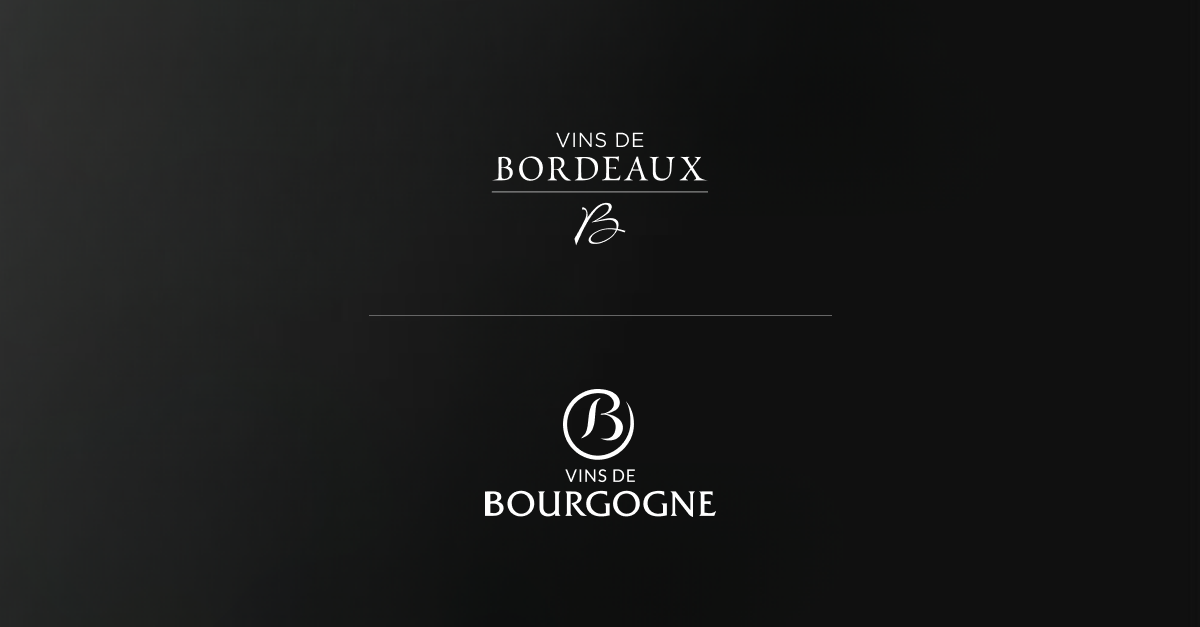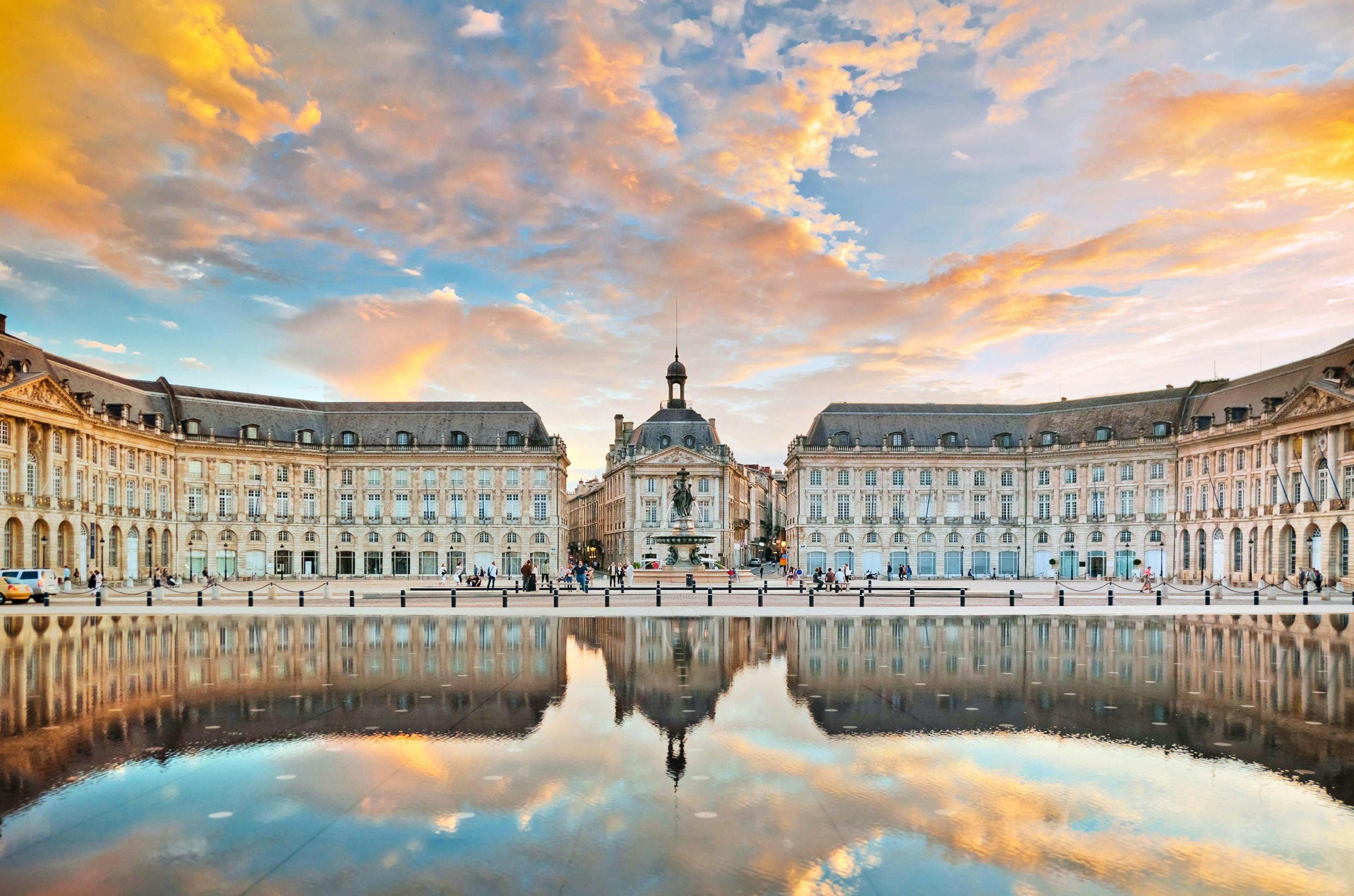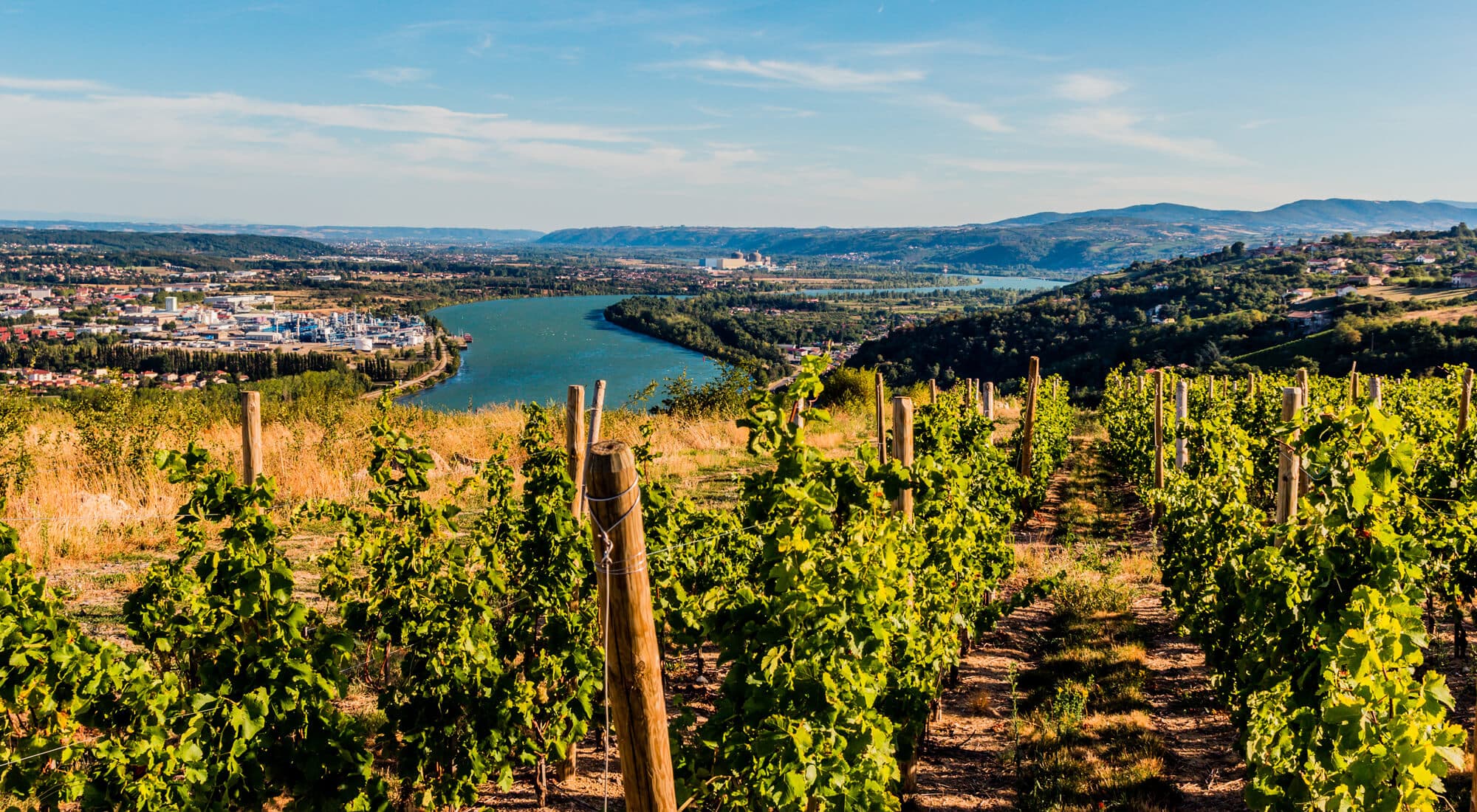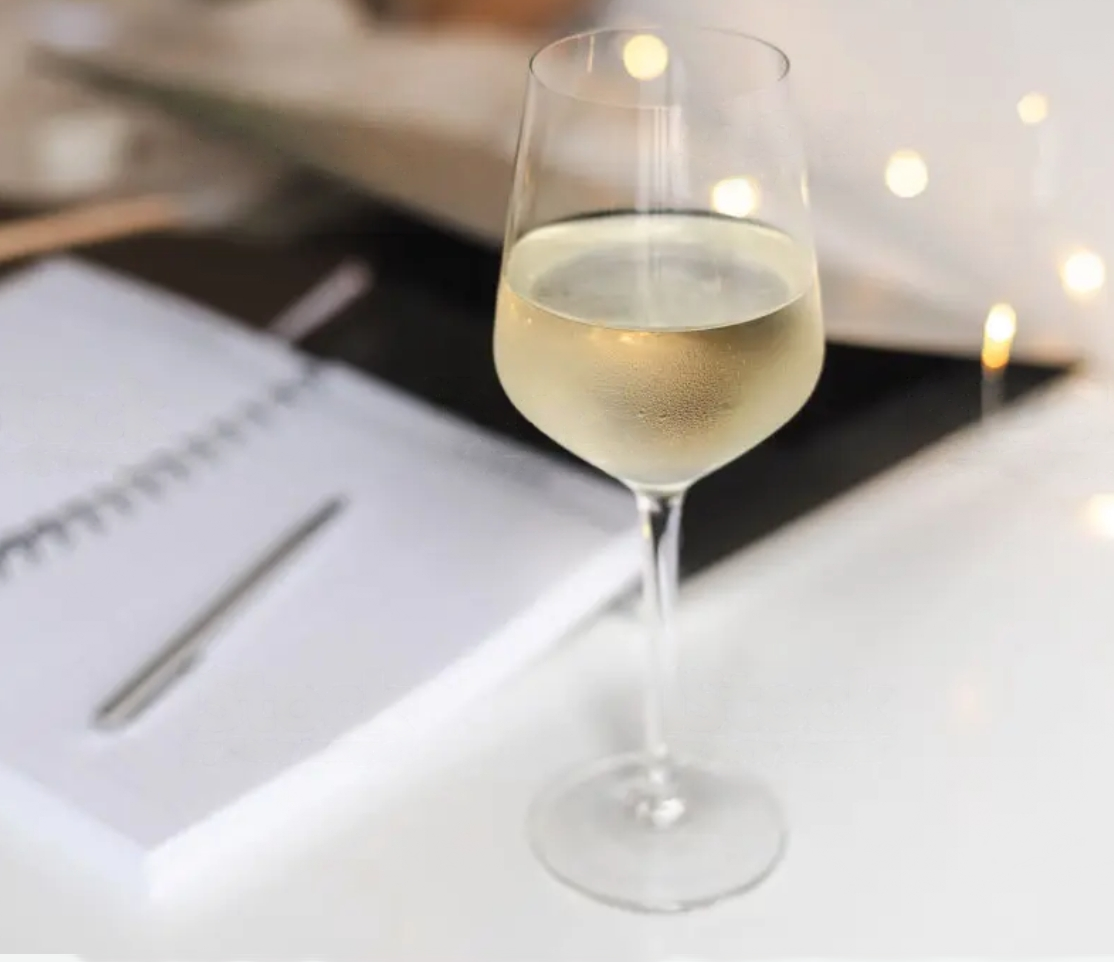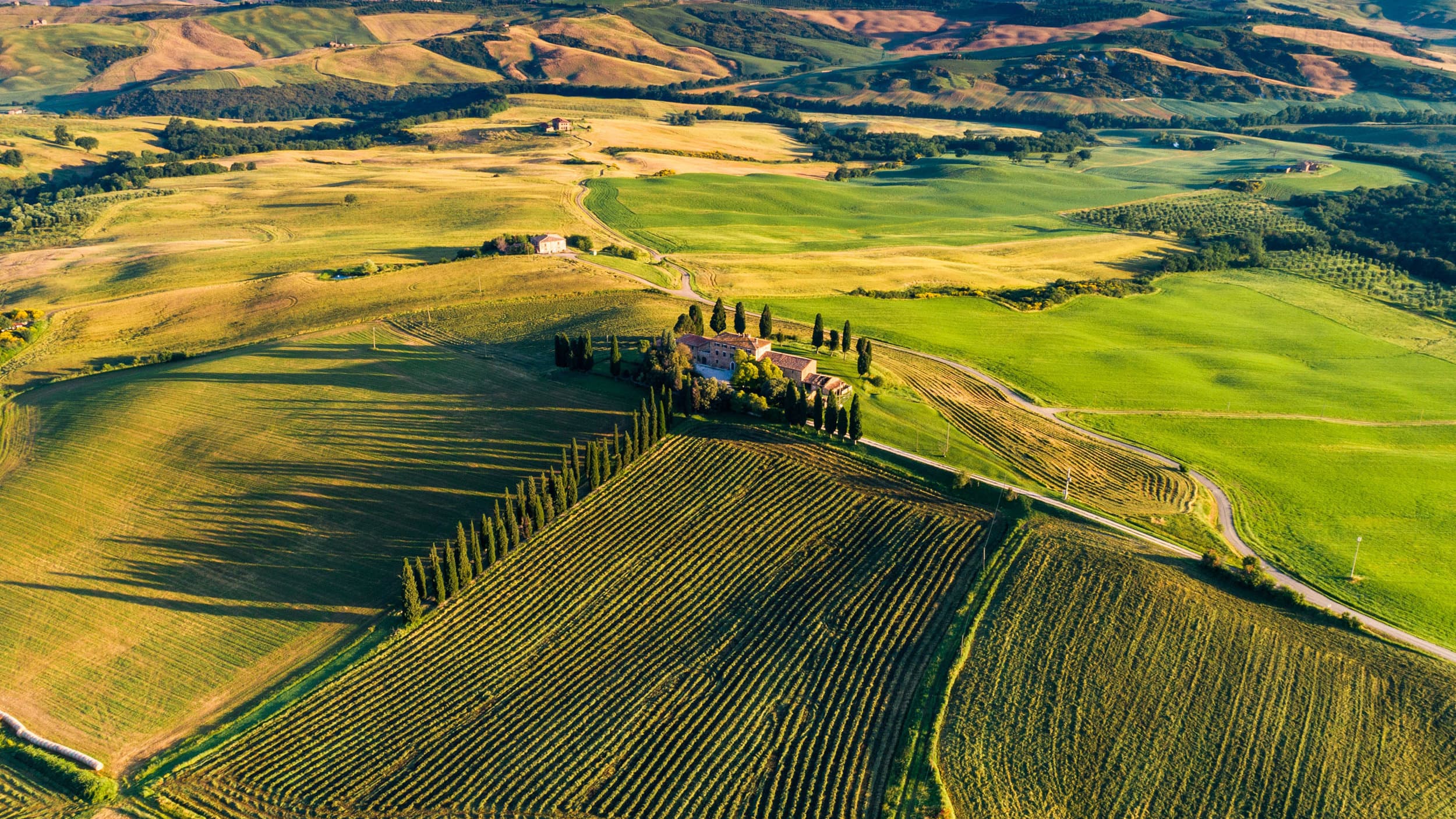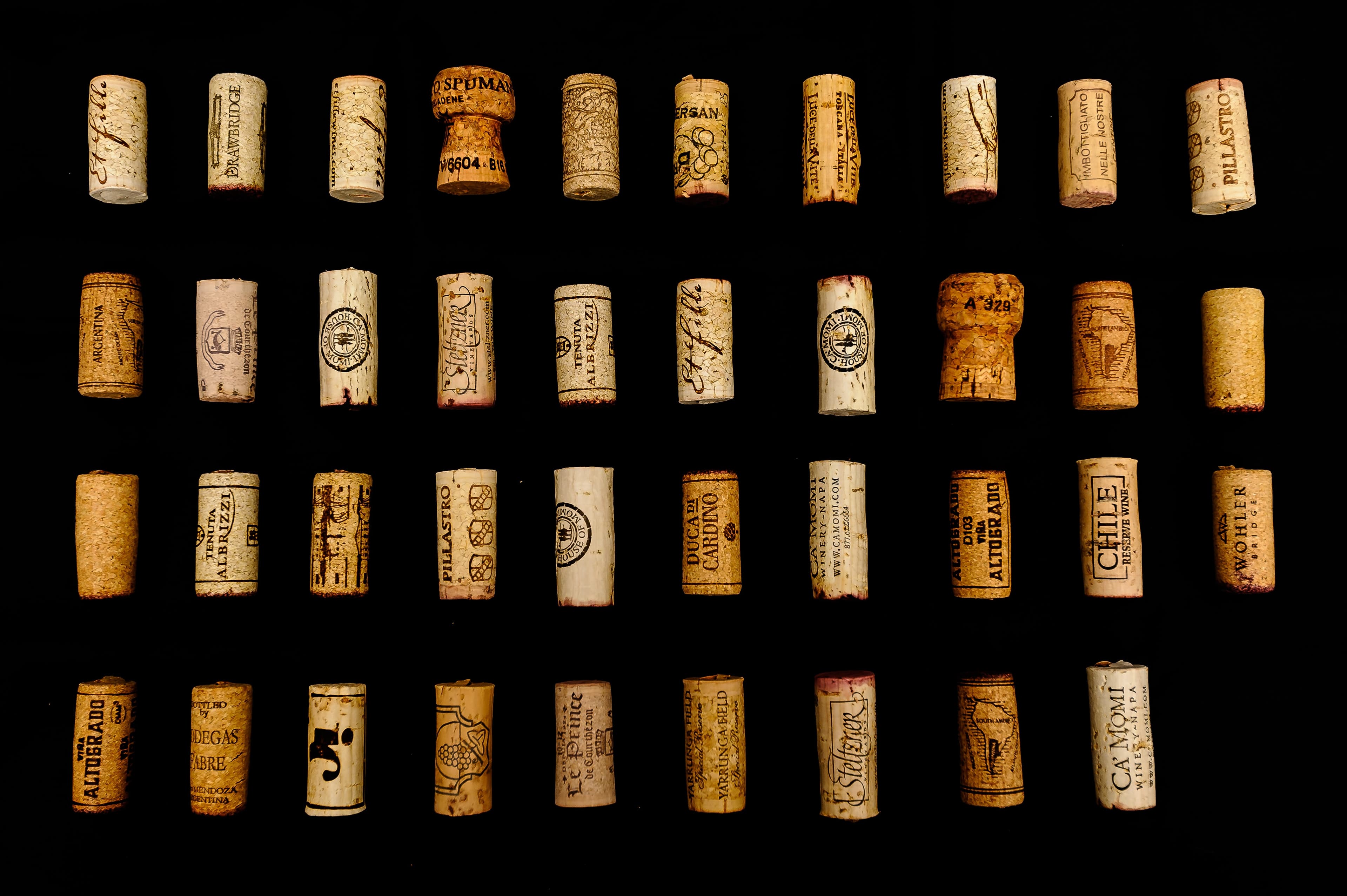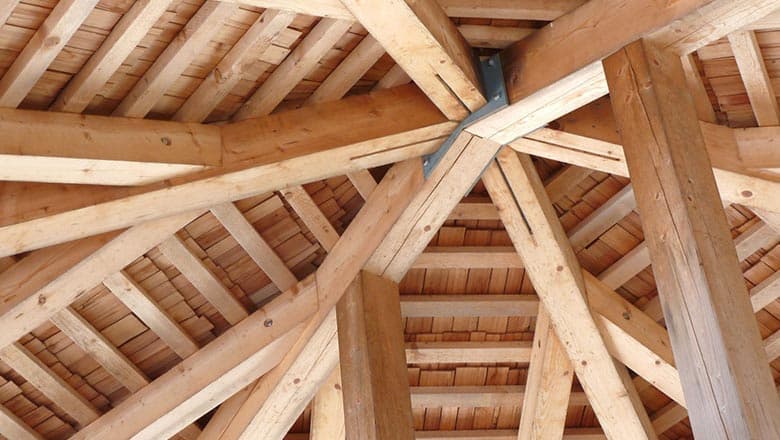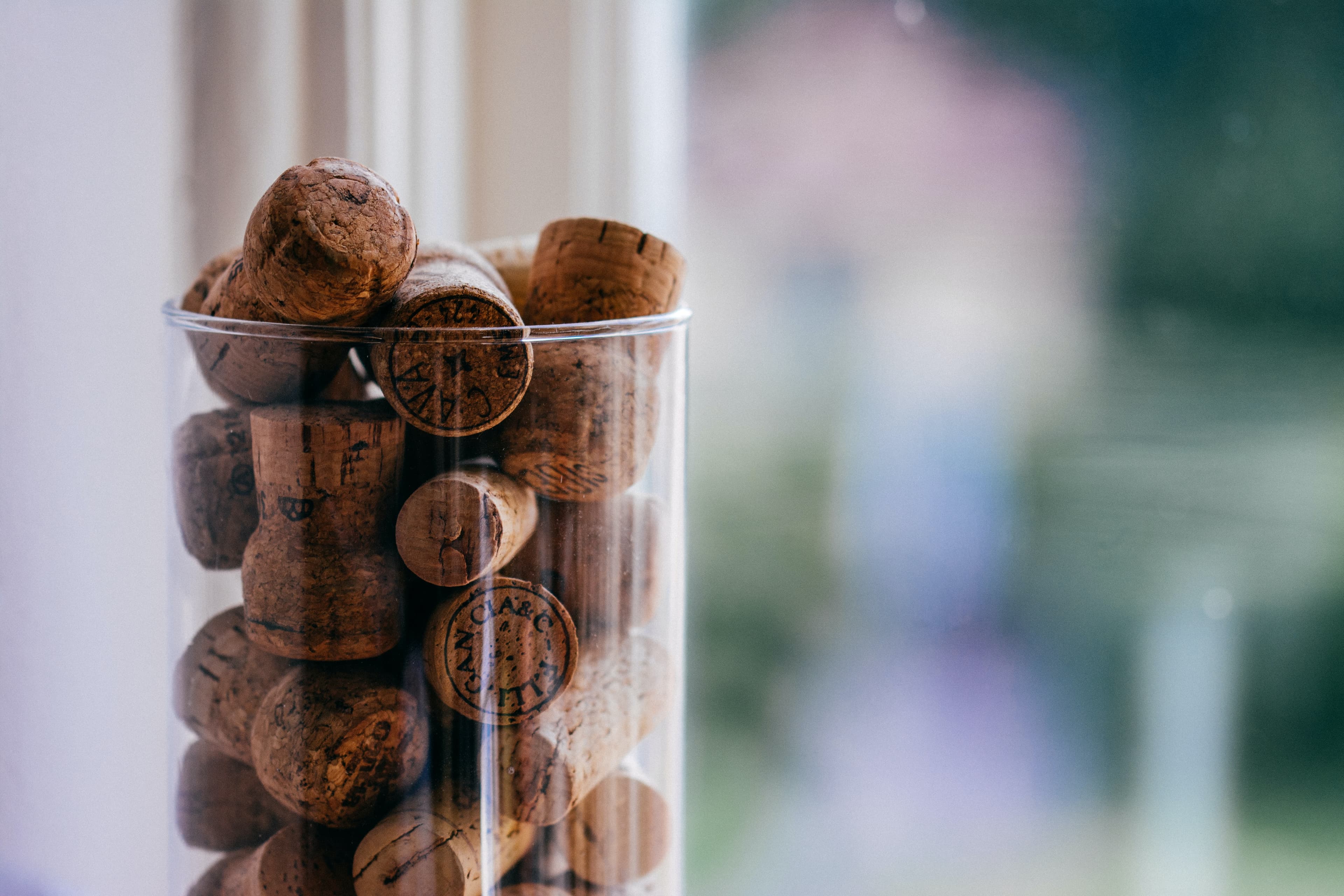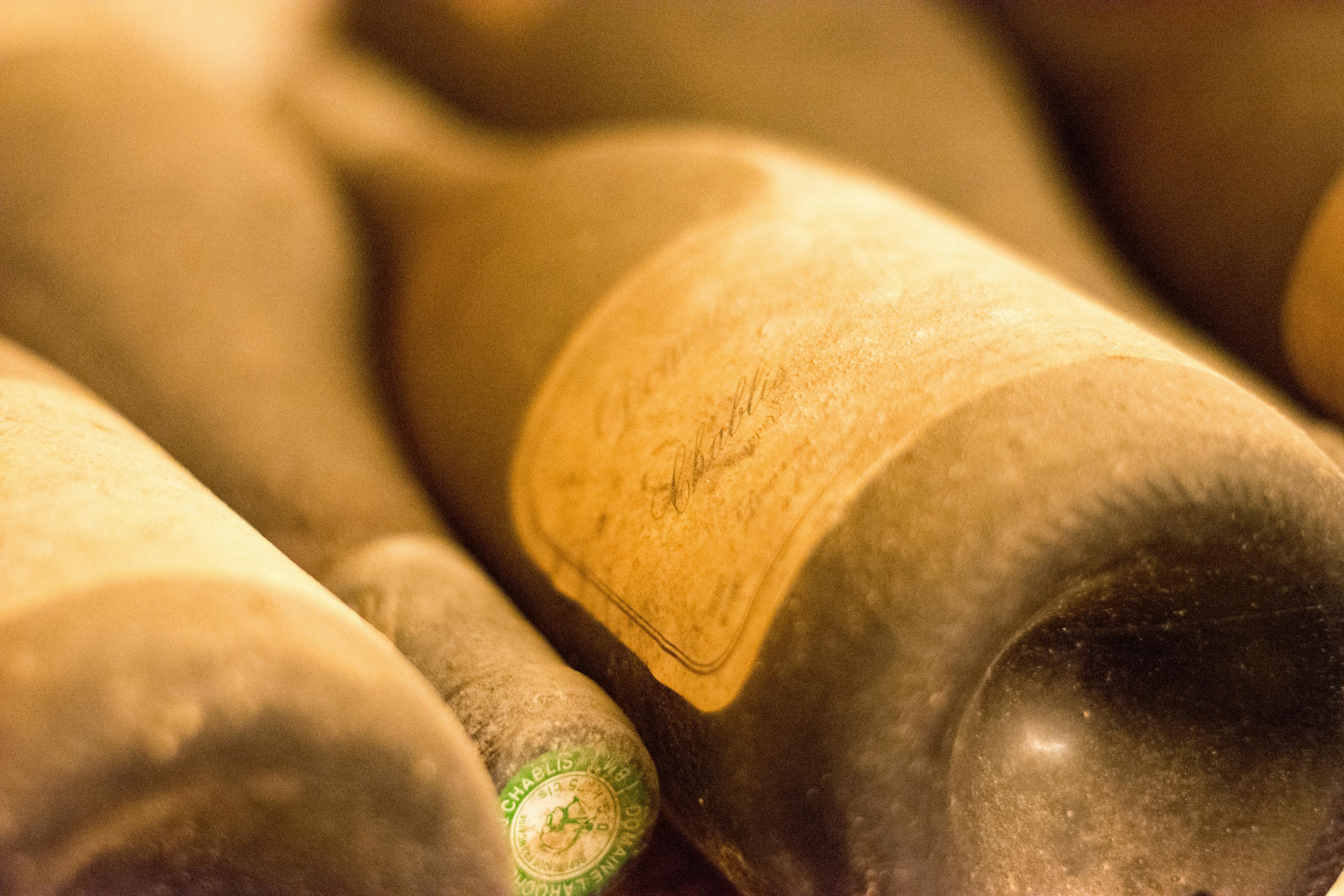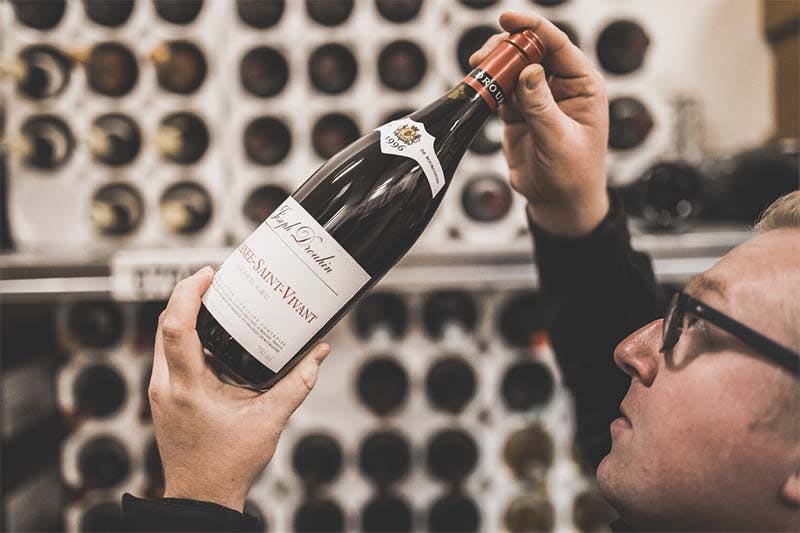
Burgundy, a world-renowned wine region, produces wines of unparalleled complexity and finesse. Mastering the art of tasting these wines allows you to fully appreciate their nuances and subtleties.
Key Stages of Tasting
Tasting a Burgundy wine is a true sensory journey that revolves around three fundamental steps: visual examination, olfactory analysis, and gustatory tasting.
Visual Examination: Color, Intensity, and Clarity
Visual examination is the crucial first step in tasting a Burgundy wine. It provides valuable insights into the wine's age, concentration, and health.
For a red Burgundy, you’ll observe a range of colors, from bright ruby for young wines to deep garnet for older ones. The grand crus from the Côte de Nuits, like Chambertin or Romanée-Conti, often display an intense color, indicating their concentration.
White Burgundy wines evolve from pale yellow with greenish reflections in young wines to intense golden hues as they mature. A grand Montrachet, for instance, may show a brilliant golden color, heralding its richness and complexity.
Clarity is also an important indicator. A cloudy wine may signal a flaw, although some unfiltered wines may have a slight haze that isn’t problematic.
Olfactory Analysis: First Nose and Second Nose
The olfactory analysis of Burgundy wines is a fascinating step that reveals the full aromatic complexity of these exceptional wines.
The first nose, or the aromas perceived without swirling the glass, often presents delicate and subtle notes. For a Pinot Noir from the Côte de Beaune, you might detect fresh red fruit aromas like raspberry or cherry.
The second nose, obtained after swirling the glass, releases more complex and intense aromas. A great Chardonnay from Chablis might then reveal mineral notes of flint, characteristic of its unique terroir.
According to a study conducted by the University of Vine and Wine in Dijon, a quality Burgundy wine can contain up to 200 different aromatic compounds, contributing to its exceptional olfactory complexity.
Gustatory Tasting: Attack, Mid-Palate, and Finish
Gustatory tasting is the culmination of the experience, allowing for a full appreciation of the wine's flavors and structure.
The attack of a great red Burgundy is often marked by a burst of fruit, followed by an elegant tannic structure in the mid-palate. The finish can linger for several minutes, a sign of a high-quality wine.
For white wines, the balance between freshness and richness is crucial. A Meursault Premier Cru, for example, will offer a lively attack, a full and creamy mid-palate, and a long, mineral finish.
The length on the palate is a key indicator of a wine’s quality. The grands crus of Burgundy can have finishes lasting over a minute, a testament to their exceptional complexity.
Appreciating the Wine’s Structure and Balance
Appreciating the structure and balance of a Burgundy wine is the culmination of the tasting, allowing an assessment of the wine’s overall harmony.
For reds, the balance between tannins, acidity, and fruit is evaluated. A great Gevrey-Chambertin, for instance, will have powerful but silky tannins, perfectly integrated into the wine’s structure.
For whites, the balance between acidity and richness is essential. A quality Puligny-Montrachet will offer vibrant acidity counterbalanced by a generous mouthfeel.
According to experts from La Revue du Vin de France, the great wines of Burgundy stand out for their ability to combine power and elegance, concentration and finesse.
Also read : "The Iconic Grape Varieties of Burgundy"
Recognizing Typical Burgundy Aromas
Burgundy wines are known for their complex and nuanced aromatic palette, reflecting their unique terroirs and the noble grape varieties cultivated there.
Primary Aromas of Pinot Noir and Chardonnay
Primary aromas come directly from the grape and the alcoholic fermentation. They are especially present in young wines.
For Pinot Noir, the flagship red grape of Burgundy, you often find fresh red fruit notes (raspberry, cherry, redcurrant) and sometimes floral hints like violet. A young Volnay, for instance, may offer an enchanting bouquet of fresh raspberries and rose petals.
Chardonnay, the star of white Burgundy, expresses aromas of white fruits (apple, pear) and citrus (lemon, grapefruit). In cooler climates like Chablis, you may also detect characteristic mineral notes.
Secondary Aromas from Vinification
Secondary aromas develop during the fermentation and aging process, adding further complexity to the aromatic bouquet.
For reds, oak aging can bring vanilla, toasted, or coffee notes. A Nuits-Saint-Georges aged in new oak barrels may develop subtle vanilla and toasted bread aromas.
For whites, malolactic fermentation and aging on lees can impart buttery and brioche-like notes. A classic Meursault often displays these rich aromas, paired with a beautiful minerality.
Tertiary Aromas Developed with Age
Tertiary aromas appear with bottle aging, marking the evolution of the wine.
In great red Burgundies, notes of undergrowth, leather, truffle, or game may emerge. A Chambertin aged for 15 years, for instance, may offer a complex bouquet combining stewed fruits, forest floor, and animal hints.
White Burgundies evolve toward aromas of dried fruits, honey, beeswax, or even mushrooms. A mature Corton-Charlemagne may present a fascinating nose of roasted hazelnuts, acacia honey, and white truffle.
Aromatic Differences Between Côte de Nuits and Côte de Beaune
Although geographically close, Côte de Nuits and Côte de Beaune produce wines with distinct aromatic profiles, reflecting their specific terroirs.
The reds of the Côte de Nuits, like the grands crus of Gevrey-Chambertin or Vosne-Romanée, are often characterized by more powerful and spicy aromas, with black fruit notes and a firmer tannic structure.
The reds from Côte de Beaune, such as Volnay or Pommard, tend to have a more refined elegance, with more pronounced red fruit aromas and a softer structure.
For whites, the differences are also notable. Chablis, in the north, offers highly mineral wines with citrus and flinty notes. The whites from Côte de Beaune, like the prestigious Montrachet or Meursault, have richer and more complex profiles, with ripe fruit aromas, butter, and hazelnut.
The Importance of Serving Temperature
Serving temperature plays a crucial role in the appreciation of Burgundy wines, directly influencing their aromatic and gustatory expression.
Ideal Temperatures for Red Burgundy Wines
Red Burgundy wines fully express their potential when served between 15°C and 18°C. This temperature range preserves the fruit’s freshness while allowing complex aromas to be released.
For young and light wines, such as a Bourgogne Pinot Noir or a Marsannay, a temperature close to 15°C will best preserve their fruitiness and liveliness.
The grands crus of the Côte de Nuits, like Chambertin or Musigny, are best served around 17-18°C to reveal their full aromatic complexity and structure.
Recommended Temperatures for White Burgundies
White Burgundy wines generally require lower serving temperatures, between 10°C and 14°C, to preserve their freshness and vibrancy.
A young Chablis is perfect served around 10-11°C, a temperature that highlights its minerality and liveliness.
The great whites of the Côte de Beaune, such as a Corton-Charlemagne or a Bâtard-Montrachet, can be served slightly warmer, around 12-14°C, to allow their complex aromas to fully express themselves.
The Impact of Temperature on Aroma and Structure Perception
Temperature significantly affects how aromas and structure are perceived. A study by the University of Burgundy demonstrated that even a 2°C variation could substantially change a wine’s perceived aromatic profile.
A wine served too cold will have suppressed aromas, and its tannic structure may feel harsher, making it seem closed off. Conversely, a wine served too warm will lose freshness and aromatic definition, with the alcohol becoming more pronounced, masking the wine’s finesse.
Techniques to Adjust and Maintain the Right Temperature
To reach the ideal temperature, several techniques can be used. For cooling, a 15 to 20-minute stint in the fridge is generally enough. To warm a wine slightly, holding it between your hands for a few minutes can raise it by 1-2°C.
A wine thermometer can be helpful for those who prioritize precision. Accessories like chilling sleeves or ice buckets help maintain the desired temperature during tasting.
It’s essential to note that a wine’s temperature naturally increases in the glass. A grand red cru, for example, can be opened and served at 16°C, knowing it will quickly reach 17-18°C in the glass.
Also read : "Notable Vintages in Burgundy"
Classic Food and Wine Pairings
Burgundy wines, with their diversity and finesse, offer a fascinating range of food and wine pairings.
Great Red Burgundies and Their Culinary Matches
The great red Burgundies, made from Pinot Noir, pair wonderfully with a variety of dishes, from poultry to red meats.
A Gevrey-Chambertin, with its firm tannic structure, pairs perfectly with a filet of beef or duck breast. The famous Burgundy chef Bernard Loiseau enjoyed pairing Côte de Nuits grands crus with truffle-based dishes, creating exceptionally intense pairings.
Lighter reds, such as a Savigny-lès-Beaune, are ideal with roasted poultry or soft cheeses like Époisses.
Pairing Burgundy Whites with Dishes
The white wines of Burgundy, primarily made from Chardonnay, offer an equally rich range of pairing options.
A Chablis Premier Cru is an ideal companion for seafood and grilled fish. Its minerality and freshness elevate oysters or grilled sea bass, for example.
The great whites of the Côte de Beaune, such as Meursault or Puligny-Montrachet, pair beautifully with noble shellfish (lobster, crayfish) or poultry in creamy sauces.
The sommelier Eric Goettelmann, a Meilleur Ouvrier de France, recommends pairing a Corton-Charlemagne with sweetbreads and morels. This pairing highlights the wine’s richness and complexity while complementing the delicacy of the dish.
Regional Pairings: Burgundy Specialties and Their Wines
Burgundy is renowned not only for its wines but also for its gastronomy. Pairings between regional specialties and local wines are often perfectly harmonious.
The Bœuf Bourguignon, a classic regional dish, pairs wonderfully with a Gevrey-Chambertin or Nuits-Saint-Georges. The dish’s richness is balanced by the tannic structure and aromatic complexity of these red wines.
Burgundy Snails find an ideal partner in a Chablis Premier Cru. The wine’s minerality and liveliness perfectly balance the snails’ garlic butter.
Parsley Ham, a Burgundy specialty, pairs admirably with a Marsannay rosé. The wine’s freshness and red fruit aromas complement the texture and flavors of the ham.
Tips for Creating Innovative Pairings
While classic pairings are tried and true, the art of tasting Burgundy wines also invites innovation and experimentation.
Don't hesitate to try bold combinations, like pairing a Meursault with a dark chocolate dessert. The wine’s richness and buttery notes can create an interesting contrast with the chocolate's bitterness.
Lighter red Burgundies, such as certain Beaune or Savigny-lès-Beaune wines, can be surprisingly good with fatty fish like salmon or tuna. Pinot Noir’s acidity and light tannin structure make this unexpected pairing possible.
Lastly, remember that cheese offers an excellent opportunity for pairing with Burgundy wines. A creamy Époisses with a red Corton creates an explosion of flavors on the palate.
The Evolution of Burgundy Wines Over Time
Burgundy wines are renowned for their ability to evolve and improve with time. Understanding this evolution is essential to fully appreciate these remarkable wines.
Aging Potential of Grand Cru Reds and Whites
The grand crus of Burgundy, whether red or white, have exceptional aging potential.
For reds, the grand crus of the Côte de Nuits such as Chambertin or Romanée-Conti can easily age 20 to 30 years, or even longer for exceptional vintages. Domaine de la Romanée-Conti even held a tasting of its 1937 vintage in 2014, demonstrating the incredible longevity of these wines.
The grand cru whites, such as Montrachet or Corton-Charlemagne, can also age for 15 to 20 years, developing fascinating aromatic complexity. Domaine Leflaive showcased Chevalier-Montrachet wines from the 1980s that remained splendid at recent tastings.
How Aromas and Structure Evolve Over the Years
The evolution of Burgundy wines over time is a fascinating process that gradually transforms their sensory characteristics.
For red wines, fresh red fruit aromas gradually give way to more complex notes of candied fruits, undergrowth, leather, and spices. The tannic structure softens, resulting in smoother, rounder wines.
White wines, meanwhile, see their fresh fruit aromas evolve toward notes of dried fruits, honey, beeswax, and sometimes white truffle. Their texture becomes more creamy while ideally retaining the acidity that ensures freshness.
A study by the University Institute of Vine and Wine in Dijon showed that the phenolic compounds in Burgundy red wines change significantly over the first 10 years of aging, contributing to tannin softening and the development of tertiary aromas.
Optimal Drinking Periods by Appellation
Each Burgundy appellation has its own aging rhythm and optimal drinking window.
Regional and village wines are usually at their peak between 3 and 8 years. A Bourgogne Pinot Noir or a Mâcon-Villages is often perfect at around 5 years.
The premier cru reds of the Côte de Beaune, like a Volnay Premier Cru or a Pommard Premier Cru, generally reach their peak between 8 and 15 years.
The grand cru reds of the Côte de Nuits often require at least 10 years before starting to show their full potential, and can continue to evolve positively for several decades.
For whites, grand crus like Corton-Charlemagne or Bâtard-Montrachet are often at their best between 10 and 20 years, while premier crus from Meursault or Puligny-Montrachet are generally magnificent between 7 and 15 years.
Tips for Optimal Storage and Aging of Burgundy Wines
To allow Burgundy wines to reach their full aging potential, it is essential to store them under optimal conditions.
The ideal storage temperature is between 10°C and 14°C, with relative humidity around 70%. Temperature fluctuations are particularly harmful to wine, so it is important to maintain a stable temperature.
Darkness is also crucial, as light can alter the wine's aromatic compounds. Bottles should be stored lying down to keep the cork moist and prevent premature oxidation.
It is recommended to store wines in a quiet place, away from vibrations that can disrupt the aging process.
Finally, patience is essential. As Henri Jayer, the legendary winemaker from Vosne-Romanée, often said, "The greatest enemy of good wine is the premature corkscrew."
The art of tasting Burgundy wines is a fascinating sensory journey, inviting you to explore the richness and diversity of this exceptional wine region. Whether you're a novice or a seasoned enthusiast, every bottle opened is a new adventure, an opportunity to discover the unique expression of a terroir and a centuries-old savoir-faire.
To accompany you on this journey through Burgundy wines, Rekolt.io offers a carefully curated selection representative of the diversity of the region’s appellations and styles. Whether you're looking for a wine for immediate enjoyment or for your cellar, our platform offers you the chance to discover quality Burgundy wines, from regional wines to grand crus. Our experts are available to guide you in your choices, advise you on perfect food pairings, and help you understand the aging potential of each bottle. Visit Rekolt.io today and let yourself be enchanted by the magic of Burgundy wines, from Chablis to Gevrey-Chambertin, and the great whites of the Côte de Beaune.
Share this article
